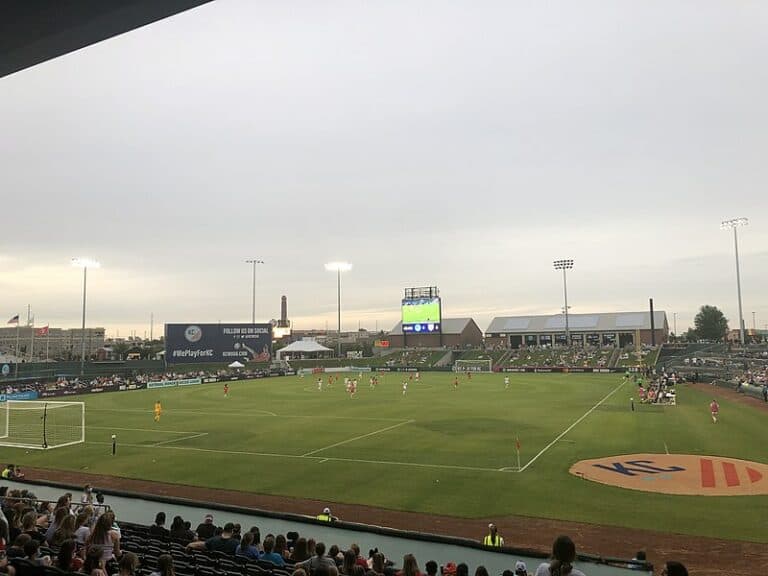
Sharon Block is a Professor of Practice and the Executive Director of the Center for Labor and a Just Economy at Harvard Law School.
We clearly are in a different moment in the country now in how we respond to sexual harassment in the workplace. It is yet to be seen whether this moment will lead to something bigger and longer lasting. But one thing seems certain in the wake of this new moment – the law that is supposed to protect women from sexual harassment is an important but imperfect tool in addressing this problem. It has given us the vocabulary to talk about the problem of men using sex to exploit women in the workplace and has provided vindication for thousands of victims, but it has proven inadequate in too many situations. A new poll by PBS Newshour, NPR and Marist found that 35 percent of American women report having been sexually harassed or abused at work. This current moment, therefore, should be moment of agitation about how the law can do better, not a moment of complacency.
The recent stories have a theme. They predominately involve employers in the entertainment, media, and political spheres. The men accused of harassment are powerful players in their industries, with profiles particularly sensitive to negative press attention. Many of the victims in these high profile cases are women who are powerful themselves. But to seek redress and validation, they are storming the internet, not the courthouse doors. It was not the law that brought these powerful men to their day of reckoning – it was Twitter and Facebook.
Social media seems like a poor substitute for effective law enforcement. First, it works best in cases where the perpetrator has a public profile vulnerable to tarnish by a public campaign. Few women, however, are employed by men in that category. Instead, most toil in obscurity, harassed by similarly obscure men. Second, while public humiliation of harassers may provide some psychic compensation for women who bring down their harassers that way, it does not provide the economic compensation that the law is designed to provide and that victims often need. Finally, use of social media is a public act. Victims of sexual harassment are particularly reticent, however, to make their claims public with an estimated three-quarters of victims failing to report it. While the law cannot provide complete anonymity for victims of harassment, it can allow victims to maintain a lower profile than using social media.
Once we turn our attention away from the work lives of the rich and famous, the moment doesn’t look too different from the decades of abuse and harassment that working women have endured. Sarah Leonard had a great op-ed in the New York Times chronicling the crisis of sexual exploitation of low wage women in the service sector. The Supreme Court declared that the right to be free from gender discrimination encompassed the right to be protected from sexual harassment more than thirty years ago. The EEOC, the agency charged with enforcing the law, issued a report itself last year that concluded, despite this history of legal protection, that “too many people in too many workplaces find themselves in unacceptably harassing situations when they are simply trying to do their jobs.”
What are the weaknesses in the law that are inhibiting its effectiveness? As Mark David Stern recently described in Slate, some of the answers are specific to sexual harassment jurisprudence and the numerous hurdles that the Supreme Court has put in the way of workers trying to prove a claim of harassment. Other explanations can be found in our society’s continuing inability to come to terms with the role of women in the workplace and the continuing misogyny that pervades our culture, as exemplified by our current president.
But, many of the answers are likely the same as for why our laws are flawed in how they protect workers in other fundamental ways, such as from wage theft or other forms of discrimination or the inability to earn a decent wage. Our basic labor and employment laws have failed to adequately adapt to changes in our economy and business models and the resulting rise in contingent work relationships. For example, when workers employed by staffing agencies – a fast growing category in our economy today – are sexually harassed by supervisors or coworkers on the site where they are placed, they must either: (1) complain to the staffing agency and hope that the agency will intervene with its client to address the situation or (2) prove that the client company was a joint employer with the staffing agency.
Moreover, as a result of these changes in the economy, we now have a whole new category of workers in our country who are being left completely out of the law’s protections from harassment – gig workers and others who are treated, rightly or not, as independent contractors. While Uber drivers, Taskers or other gig workers may not have to deal with a boss with wandering hands or a supervisor who aggressively seeks a date, they do often have to deal with customers who engage in harassing behavior. If they were employees, the law at least theoretically would put some burden on their employers to protect them from such harassment by implementing processes that screen out offending customers.
In addition, for many of our labor and employment laws, the penalties are stuck at levels too low to constitute a credible deterrent for unscrupulous employers. The penalties for sex discrimination, including sexual harassment, haven’t been meaningfully updated since 1991 and compensatory damages remained capped, no matter how extensive the harm suffered by victims. Finally, the laws are enforced by agencies that are underfunded and understaffed – a problem that will only grow worse under the Trump Administration, which proposed to cut 250 employees from the EEOC.
Moreover, these same factors have eviscerated the legally protected right of workers to act collectively and hobbled the labor movement, leaving workers to summon the courage to stand up for themselves all alone. As Ben and I recently pointed out and Andy Strom addressed in OnLabor yesterday, labor unions are the best method of moving workplaces from an autocratic mode of governance to a democratic mode. No doubt, unions have not always done as much as they could to address sexual harassment of either their members or employees. As discussed above, however, the rates of harassment are very high in industries where unionization is rare and workers are low paid, such as retail and restaurants. So, although not a perfect solution to the problem of sexual harassment, if stronger, unions could play a role in combating it.
While we celebrate that many women are finally feeling empowered to call out their harassers, let’s not be mistaken about the role that the law played in bringing out this change or the continuing urgency of the need to revisit our sexual harassment and other workplace laws.










Daily News & Commentary
Start your day with our roundup of the latest labor developments. See all
December 11
In today’s News and Commentary, Biden’s NLRB pick heads to Senate vote, DOL settles a farmworker lawsuit, and a federal judge blocks Albertsons-Kroger merger. Democrats have moved to expedite re-confirmation proceedings for NLRB Chair Lauren McFerran, which would grant her another five years on the Board. If the Democrats succeed in finding 50 Senate votes […]
December 10
In today’s News and Commentary, advocacy groups lay out demands for Lori Chavez-DeRemer at DOL, a German union leader calls for ending the country’s debt brake, Teamsters give Amazon a deadline to agree to bargaining dates, and graduates of coding bootcamps face a labor market reshaped by the rise of AI. Worker advocacy groups have […]
December 9
Teamsters file charges against Costco; a sanitation contractor is fined child labor law violations, and workers give VW an ultimatum ahead of the latest negotiation attempts
December 8
Massachusetts rideshare drivers prepare to unionize; Starbucks and Nestlé supply chains use child labor, report says.
December 6
In today’s news and commentary, DOL attempts to abolish subminimum wage for workers with disabilities, AFGE reaches remote work agreement with SSA, and George Washington University resident doctors vote to strike. This week, the Department of Labor proposed a rule to abolish the Fair Labor Standards Act’s Section 14(c) program, which allows employers to pay […]
December 4
South Korea’s largest labor union began a general strike calling for the President’s removal, a Wisconsin judge reinstated bargaining rights for the state’s public sector workers, and the NLRB issued another ruling against Starbucks for anti-union practices.